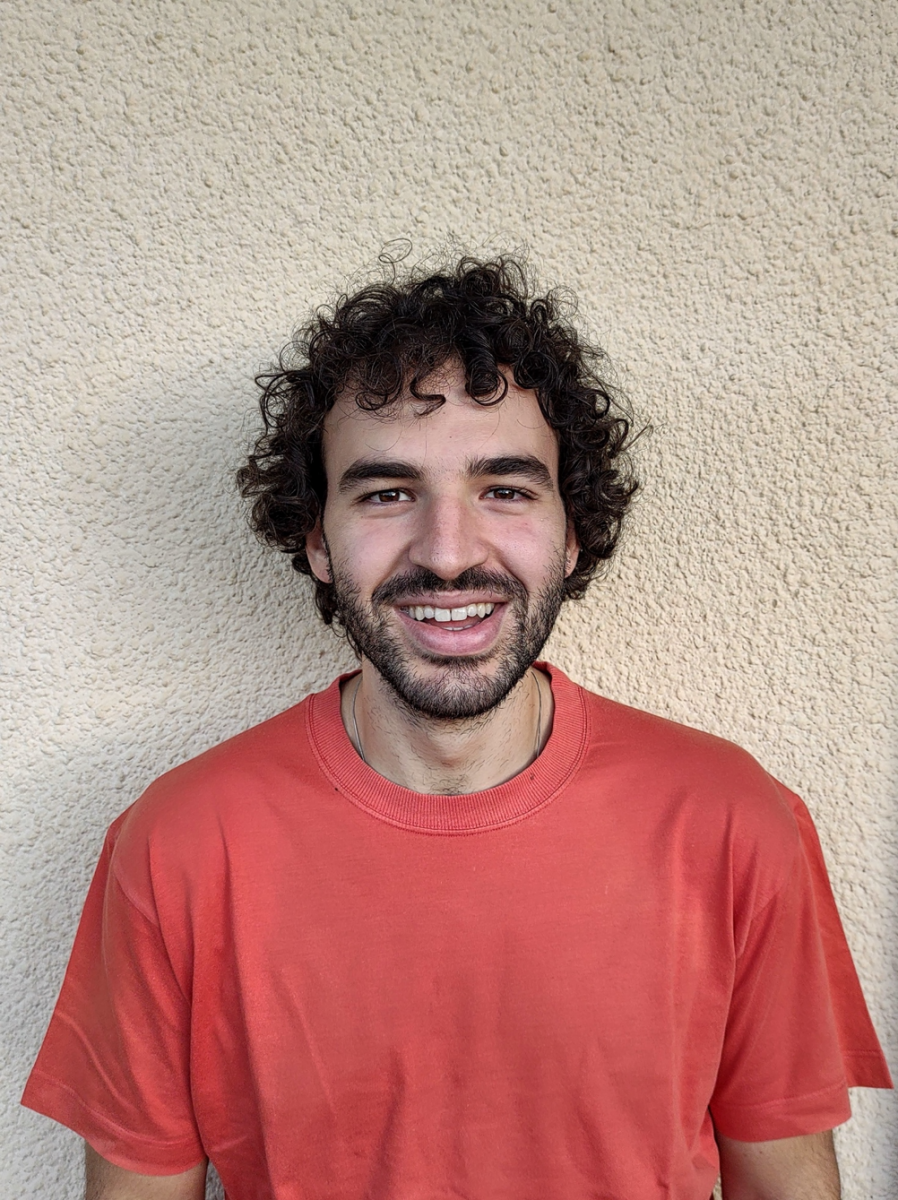
Curriculum
Neuroscience, Technology and Society, XXXVII series
Grant sponsor
Fondazione AIRC
Supervisor
Silvio Tosatto
Co-Supervisor
Alessio Micheli
Project: Mathematical modeling of von Hippel-Lindau related tumors growth to unveil hidden regulative patterns
Full text of the dissertation book can be downloaded from: not available yet
Abstract: This dissertation explores the use of Phase-Field Models (PFMs) in mathematical oncology, focusing on von Hippel-Lindau (VHL) syndrome, a hereditary condition characterized by the development of highly vascularized tumors. The research is driven by the need for computational models that can simulate the complex tumor dynamics associated with VHL and contribute to more personalized treatment strategies. The dissertation is structured around two key investigations: patient-specific simulations of retinal hemangioblastomas (RH) and experimental calibration using the Chicken Chorioallantoic Membrane (CAM) model. In the first project, PFMs are applied to simulate RH-induced angiogenesis, leveraging clinical data from retinal OCTA imaging. This patient-specific approach allows for the reconstruction of capillary networks, with simulations exploring how tumors interact with the surrounding vasculature. The ability of PFMs to capture spatiotemporal dynamics is critical in analyzing the behavior of angiogenic factors and vascular growth. Simulations are compared with clinical observations, providing insights into the progression of RH in VHL patients and the effectiveness of the model in predicting tumor development. The second project involves calibrating the PFM for angiogenesis using experimental data from the CAM model, an in vivo platform widely used for studying vascularization. By integrating the CAM's experimental measurements with PFM simulations, this study aims to refine the model's parameters and improve its predictive accuracy. Although the results on this part are preliminary, we could derive interesting insights into the model's behavior and the use of the CAM essay to calibrate mathematical models of angiogenesis. Mocafe, the open-source software developed for this research, plays a central role in these investigations. Built on the FEniCS framework, Mocafe provides the tools for simulating the interface dynamics of tumor-induced angiogenesis. Through the development and application of Mocafe, this research not only contributes to the theoretical understanding of VHL-associated tumors but also offers a practical resource for the wider mathematical oncology community. Overall, this dissertation presents a novel approach to studying VHL-related tumors by combining clinical data, experimental models, and advanced computational techniques. The work underscores the potential of PFMs in mathematical oncology and sets the stage for further research in personalized medicine, where such models can guide the optimization of treatment strategies for VHL patients.